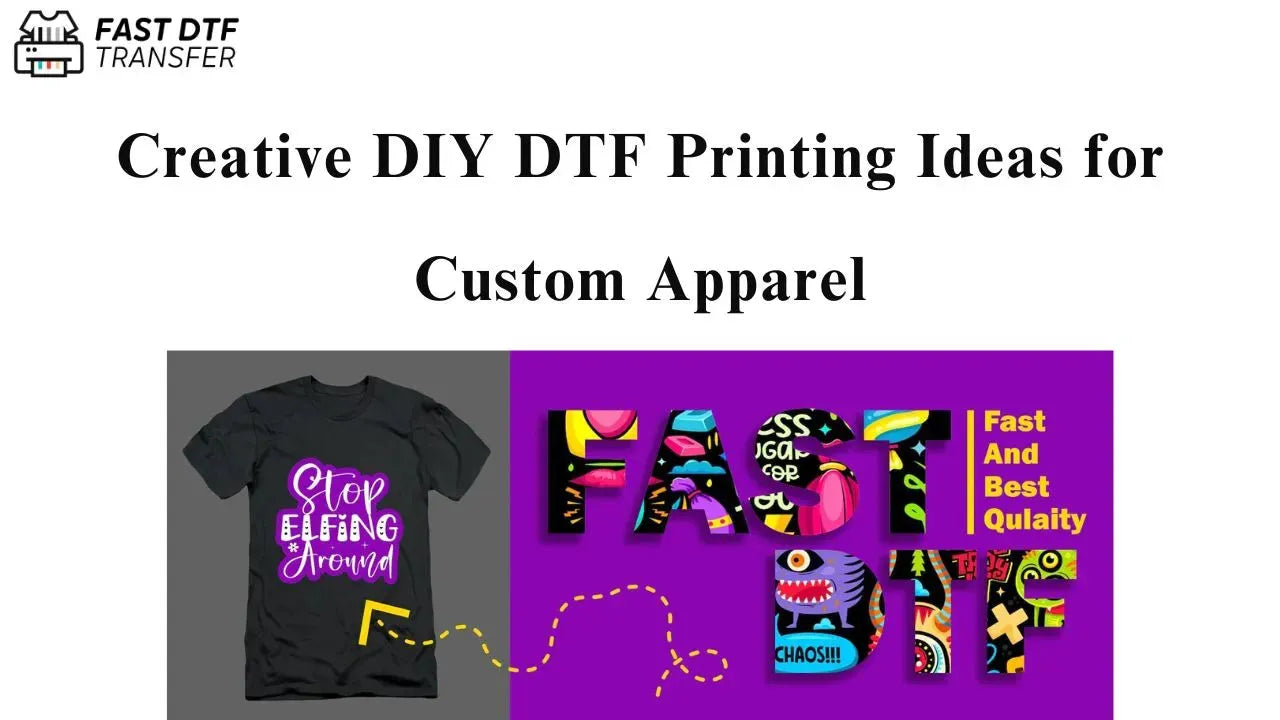
Top Trends in Digital Textile Printing for 2024
Top Trends in Digital Textile Print for 2024
Digital Textile Print
The Digital Textile Print market is set for significant growth, expected to reach USD 3,432.02 million by 2032, growing at a 5.1% annual rate. This is driven by demand for textiles in homes, industrial furniture, and eco-friendly printing practices.
Key Takeaways: Digital Textile Print
The global Digital Textile Print market will grow at a CAGR of 5.1% from 2024 to 2032.
Demand for printed fabric in homes, furniture, and industries is increasing.
Eco-friendly printing with sustainable inks is becoming a major focus.
The Asia-Pacific region will lead market growth, driven by countries like China and India.
Companies are exploring AI and machine learning to improve efficiency.
Digital Textile Printing : Overview and Scope
Digital textile printing has transformed the textile industry with its efficient, creative process. It prints designs directly onto fabric from digital files, offering advantages over traditional printing methods. However, it also provides more design freedom and faster production times.
Definition and Classification of Digital Textile Printing Technologies
Digital textile printing includes methods like sublimation, pigment, reactive, and acid printing, each suitable for different fabrics like cotton and polyester.
Applications and End-Use Industries
Digital printing is used in fashion, home décor, industrial furniture, and soft signage. Also, the growing demand for custom, on-demand clothing boosts direct-to-garment printing.
Key Applications:
- Textiles and Decor: Detailed prints for fashion and home textiles.
- Industrial Furniture and Soft Signage: Enhancing upholstery, blinds, and banners.
- Direct-to-Garment (DTG) Printing: Quick, custom apparel production.
Market Growth and Forecast
The market is expected to hit USD 4.36 billion by 2031, growing due to demand for personalized fabrics and eco-friendly production methods. However, challenges such as high initial investment costs remain.
Regional Market Analysis and Opportunities
Asia-Pacific led the market in 2020, with a 37.31% share. The region will grow fastest, driven by increasing textile production and demand for sustainable textiles. Also, Europe will continue to be a strong market with consistent growth.
| Region | Market Share (2020) | CAGR (2023-2030) |
|---|---|---|
| Asia-Pacific | 37.31% | 16.2% |
| Europe | 35.42% | 13.8% |
| North America | 19.47% | 12.5% |
| Rest of World | 7.80% | 11.9% |
Key Drivers and Restraints
Growth is driven by customization and eco-friendly practices. However, high upfront costs, skilled labor shortages, and ongoing technological advancements pose challenges.
Factors Fueling Digital Textile Printing Adoption
- Customization: Digital printing meets the demand for unique, quick-turnaround textiles.
- Eco-Friendliness: Digital printing uses water-based inks and reduces waste, attracting environmentally conscious consumers. Also, it has a smaller carbon footprint compared to traditional methods.
Challenges:
- High Initial Investment: Digital printing equipment is expensive.
- Skilled Labor Shortage: There’s a lack of trained workers to operate advanced machinery.
- Technology Advancements: Continuous investment in tech is necessary to stay competitive.
Emerging Technologies and Innovations
AI and machine learning are improving print quality, reducing waste, and enhancing energy efficiency. Also, innovations like advanced inkjet printheads are speeding up production without compromising quality.
Sustainability and Environmental Impact
Digital textile printing is eco-friendly, using water-based inks, reducing water use, and lowering carbon footprints compared to traditional methods. However, the focus on sustainability continues to grow, encouraging further development in green technologies.
Eco-Friendly Inks and Processes
Digital printing uses less ink and water than traditional methods. It’s more efficient and reduces the environmental impact of textile printing. Also, it contributes to a more sustainable fashion industry.
Waste Reduction and Resource Efficiency
By printing only what's needed, digital textile printing reduces waste and pollution. Also, it’s more sustainable and has a smaller environmental footprint compared to traditional methods.
Digital Textile Printing Process
Digital textile printing involves printing digital images directly onto fabric using inkjet or similar printers. This method reduces waste, speeds up production, and offers more color and design options. However, it requires ongoing technology improvements for continued efficiency.
Industry Growth and Applications
The digital textile printing market is expanding, driven by demand in fashion, home décor, and industrial applications. The market is projected to grow by 34% annually until 2019. Also, digital printing is revolutionizing how textiles are produced and sold globally.
Sustainability and Innovation
The industry is focused on eco-friendly practices, using water-based inks and reducing waste. New technologies are improving efficiency and making digital printing more sustainable. However, constant innovation is necessary to meet the growing demand for sustainable solutions.
Leading Companies and Market Players
Major players like Seiko Epson, EFI, and Ricoh are driving the digital textile printing market forward with new technologies and solutions. Also, new players are entering the market with innovative products that cater to the growing demand for customization.
Conclusion
The digital textile printing market is poised for rapid growth, fueled by demand for custom, eco-friendly products. Technological advancements, such as AI, machine learning, and sustainable practices, are transforming the industry. However, despite challenges, digital textile printing offers significant opportunities for companies to innovate and meet the growing demand for personalized textiles. As the market continues to evolve, digital printing will play a major role in reshaping the future of textiles.


Leave a comment
This site is protected by hCaptcha and the hCaptcha Privacy Policy and Terms of Service apply.